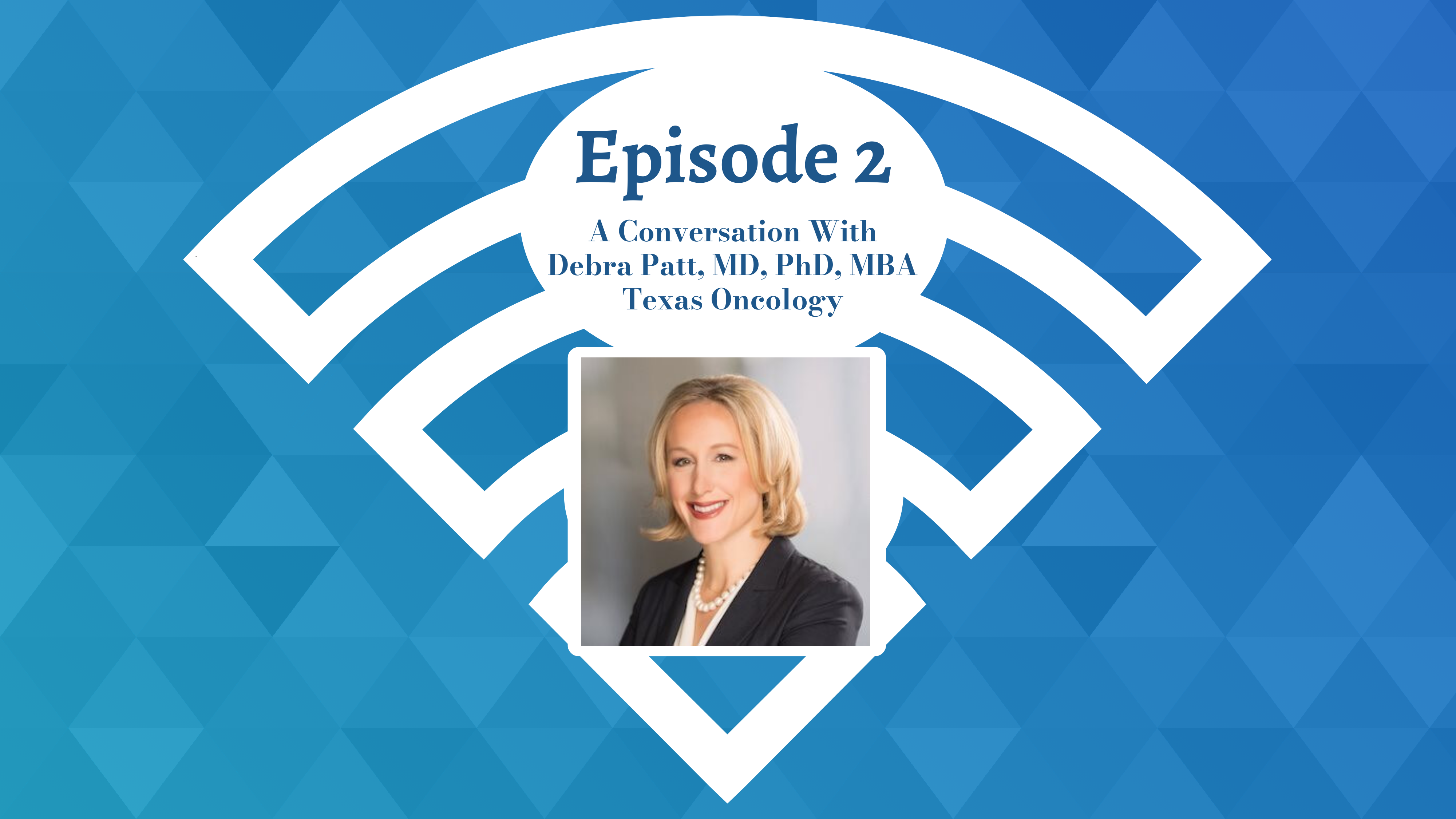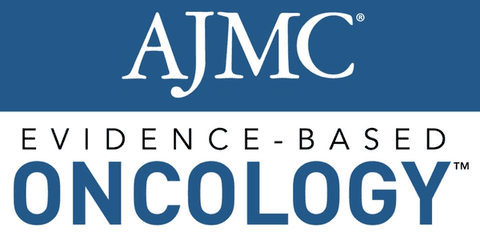Article
OCM Participants Are Willing to Take On 2-Sided Risk, COA Finds
Author(s):
Results come at the decision point for practices: Will it be 1-sided or 2-sided risk?
Oncology practices already taking part in CMS’ alternative payment model, the Oncology Care Model (OCM), are willing to take on 2-sided risk, according to results of a survey by the Community Oncology Alliance (COA) released Friday.
Survey results show that oncology practices believe they can deliver high quality, cost-effective care to patients with cancer while the reimbursement system transitions from a fee-for-service model to one that rewards outcomes, also known as a value-based system.
COA surveyed OCM practices after the December 3, 2019, deadline set by the Center for Medicare and Medicaid Innovation (or CMS Innovation Center), at which point practices had to make a firm commitment about their path forward:
- Practices had to choose between 1-sided or 2-sided risk
- Only practices that had received a performance-based payment (at least 1 out of 4) could stay in the OCM without accepting 2-sided risk.
- Practices that have never received a performance-based payment had to take 2-sided risk to stay in the OCM
- If practices accept 2-sided risk, that opens the door to repaying CMS money.
Results from the 68 practices that responded to the 15-question survey showed:
- 47.1% (32 practices) opted to remain in the OCM with 1-sided risk
- 36.8% (25 practices) chose to remain and enter into 2-sided risk
- 32.4% (22 of the 25 practices) selected 2-sided risk and had not received a single performance-based payment
- 16% (11 practices) said they were dropping out of the OCM
- 10 of the 11 practices leaving the OCM had not received a performance-based payment over the preceding 4 performance periods
- 1 practice said that it had received at least 1 performance-based payment but decided to leave the OCM
COA’s Director of Strategic Initiatives, Bo Gamble, said in a statement that results show oncology practices are gaining confidence with alternate payment models in the years since the OCM launched. “No longer are incentives purely about utilization. Now there are numerous attempts to design a model with emphasis on quality, value, and meaningful quantifiable outcomes,” he said. “The OCM, and the 20-plus other models, are consistent with that message.”
The OCM, launched in 2016 by CMS’ Innovation Center, is a 5-year pilot model designed to help both oncology practices and Medicare learn how to reward practices for things like doing a better job with care coordination, palliative care, having the flexibility to schedule same-day appointments, and developing survivorship plans with patients. Under the model, practices must meet financial and performance targets for episodes of care surrounding patient treatment. Besides Medicare, CMS partners with commercial payers in the model.
While most observers say the OCM has vastly improved the quality of care, studies have shown that the model does not always adequately cover the cost of innovative therapies, as some of today’s blockbuster treatments reached the market after the pilot was under way. A successor model, called Oncology Care First, has been proposed to address some of these issues.
According to data collected by COA, practices taking on 2-sided risk represent 679 physicians. The average practice size that accepting 2-sided risk is 29.5 physicians (the largest has 160, the smallest has 2).
Of the responding practices, 3 that said they had achieved a performance-based payment during the previous 4 performance periods reported they were entering the 2-sided risk arrangement. According to COA, 22 practices, or 32.4%, were continuing in the OCM with 2-sided even though they had never received a performance-based payment.
“These teams must feel good about their progress or they were comfortable with the safe zone option,” Gamble said. He said 7 practices were in the safe zone for all 4 performance periods; 5 were in the safe zone for 3 performance periods; 9 were in the safe zone for 2 performance periods; and 2 practices were in the safe zone for 1 performance period.
The “safe zone,” introduced by CMS with the performance period 3 reconciliation reports, happens costs fall between the OCM’s targeted and benchmark costs. No performance-based payment is awarded, but no money would be owed, either.





